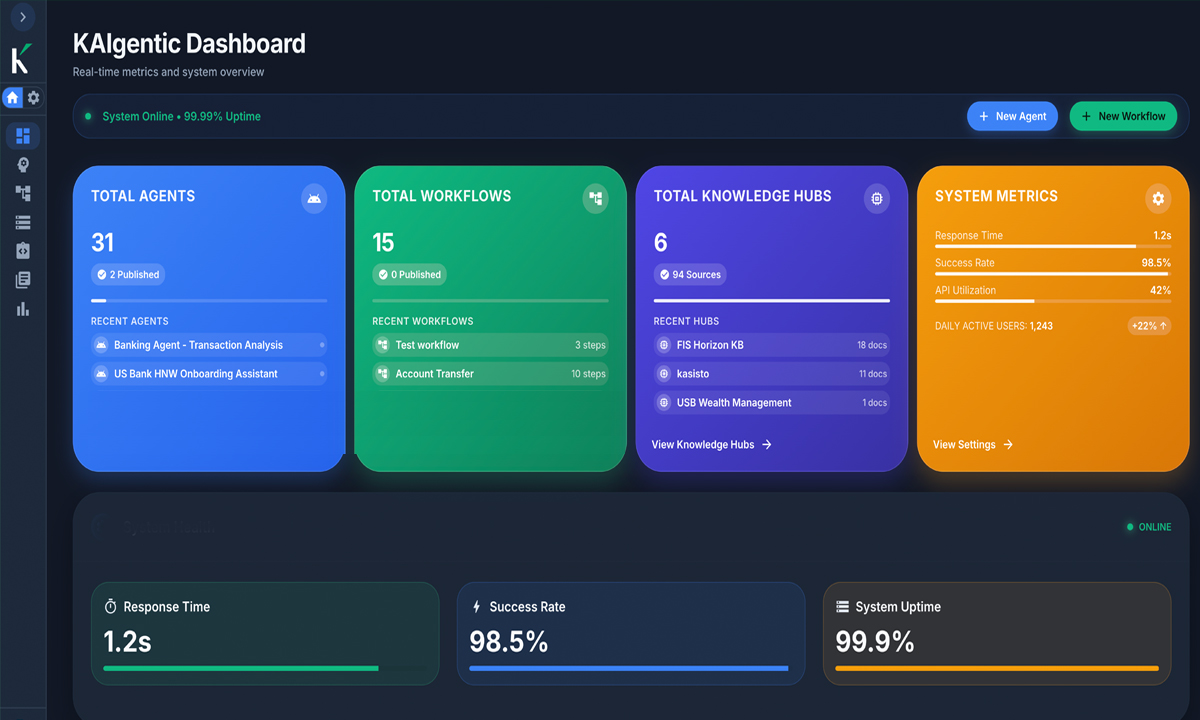As everyone gladly turns the page on 2020, our thoughts should be on assessing what went well, what did not go well, and most importantly, what should we do next? It is easy enough to identify the things that tripped up many financial institutions. Having to close branches and retool employees to work remotely was clearly something that many were not equipped to handle. Despite those obstacles, the industry has so far fared quite well. Even though we are nine months into this pandemic, we do see a light at the end of the tunnel. Many institutions have righted the ship, and they are now looking ahead and mapping out their course for successfully surviving both this crisis and future ones. Never look at a crisis as a problem, but rather as an opportunity to improve on something exposed when things don’t go as planned.
Industry Inflection Points
The financial services sector, like most industries, has been shaped over the years based on watershed moments that have separated those who simply survive versus those who thrive. In my 30-plus years in the industry, there have been three such events.
- Y2K. Those of us who remember working in banking in the late 1990s recall all the planning and hard work that went into ensuring systems were going to be up and running after midnight on December 31st, 1999. Back then, computing was relatively expensive, including memory and computing power. To save space, programmers simply used the last two digits of the year instead of all four when developing code, and the concern was that these programs would see the year 2000 as 1900 – simply recognizing “00” as the year. There were large-scale investments in IT leading up to Y2K that helped fuel the “dot com” era and really propelled the Internet and promoted connectivity.
- 2008 Financial Crisis. Not many people realize how close the entire financial services industry came to collapsing, and had it not been for the bailouts from government entities and new reform legislation, the impact would likely have been much worse. To prevent another financial crisis, there was a renewed investment in things like big data, analytics, and risk management solutions.
- 2020 Global Pandemic. While we are still dealing with the impact of COVID-19, we are already seeing how it is influencing investment decisions that will likely shape the next decade in financial services. The future enterprise will be dominated by digitizing as much as possible and finding ways to be more agile and efficient. Financial services companies will look at everything from process improvements, delivering touchless customer experiences, next generation digital self-service solutions, and providing employees more options to engage customers through remote channels like chatbots and video.
External Drivers
There are numerous disruptive forces at play that are impacting our industry and driving change. Listed below are seven critical drivers that take into consideration political, economic, social, technological, environmental, legal, and business inputs. Financial services firms should determine how these drivers will shape their short-term and long-term strategies, both for IT as well as business investments.
- Accelerated Disruption – Crisis, Resilience, and Opportunity
- The Next Normal – Resilient Business and Operating Models
- Strategic Innovation – Shaping the Future Enterprise Today
- Customer Engagement Redefined – Safe, Secure, and Sustainable Digital Experience
- Intelligence Everywhere – Data Drives Action
- Crisis of Trust – Meeting Rising Expectations
- Digital Platform – Ecosystem at Scale
Artificial intelligence is critical to the future enterprise and satisfies nearly all these drivers. Customer retention is what keeps businesses afloat during times of change, whether it takes the form of building a financial institution’s brand or providing ways for employees to better engage with their customers and prospects.
AI needs to be humanized into conversational components that recognize natural language and provide personalized and contextual responses to customers, freeing up resources for more complex questions and concerns. This process is occurring through the use of virtual assistants, but just creating virtual assistants that can handle routine account questions like an IVR is not enough. A virtual assistant must be able to ensure that customers get the information that they seek while also providing helpful guidance as needed. For example, I occasionally find myself needing my bank’s routing and transit number. I have realized that it is easier to get that information using the bank’s virtual assistant rather than pulling out my checkbook or trying to find it on their website. When I am looking for that information, it is often because I am either setting up a recurring deposit or a withdrawal, an activity that the bank might want to know more about. A smart virtual assistant will not only give me the information I need, but it may also prompt me with a relevant offer or provide the option to speak with a specialist. That one extra question might tip the balance when it comes to my decision to keep my account at my current bank instead of taking my business to a rival institution.
How the financial industry continues to leverage AI will differentiate the digital leaders from the digital laggards. The digital leaders will leverage AI to offer their customers and employees something useful.


